Bit rate, sample rate, CD-quality audio, Hi-Res, HWA Coding… There are so many audio terms that confuse even the best. If you are one of those who can relate to this, you’re in the right place. We’ve put together this guide to help you understand sample rate, bit depth and bit rate, so let’s dive right in!
Getting down to the basics
Sound is created via pressure in the airwaves. These waves cause further vibrations when it comes in contact with a diaphragm (such as the one you’ll find in a mic). These vibrations cause an electrical signal that is further boosted with a pre-amplifier and is ultimately recorded in a digital file.
A digital signal consists of 1’s and 0’s in the form of samples. This sampled information is stored in the form of bits. A typical digital recording has 44,100 samples per second while some (extremely high-quality) recordings can have up to 96,000 samples per second. CD-quality audio is generally available in 16 bits while Hi-Res audio files are available in 24-bit files.
Many audio engineers prefer recording in 24 bits as the extra information allows for more headroom when editing. This extra headroom also allows them to clip away unneeded frequencies and noise.
But if 192kHz/24bit is so good, why compress it?
With so much audio information packed into a file, its size is bound to be HUGE. If you plan on storing such files on your phone, you’ll need a massive 2TB SD card just to store a hundred 3-minute songs recorded in 192kHz/24bit (approx). Also, limited bandwidth makes online music streaming services cap the bit rate at 320kbps.
Bit Rate = Sampling frequency x Bit depth x No. of channels
Take a 44.1kHz/16-bit with 2-channel stereo file as an example: 44,100 x 16 x 2 = 1,411,200 bits per second or 1.4 Mega bits per second (Mbps)
File Size (for a 3-minute/180-second song of the same file quality) = [1.4Mbps x 180 seconds]/8 = 252Mb = 31.5MB
Sample Rate
When you watch a movie, you are essentially watching multiple images played in quick succession to give you a feeling of movement. Faster the transition between the images, the smoother the video seems. Audio sample rate works similar to this. Put simply, it is the rate at which audio is sampled or captured and specifies the number of frequencies in a particular file. Higher the sample rate, more precise is the audio playback.
Sample rates are written based on the samples (or sound data) that are gathered per period of time. CD-quality audio has a sample rate of 44,100Hz or 44.1kHz.
Sample rate is to audio is what frame rate is to video.
Bit Depth
Remember the 1’s and 0’s we spoke about? Well, these are known as bits. The number of bits determines the amount of audio information that can be stored. This is known as bit depth. The equation is quite simple: More bit depth = More audio information.
For example, a 16-bit CD file recording can store up to 65,536 levels of information while a 24-bit hi-res recording can store up to 1,67,77,216 levels of information.
Bit depth is the number of bits of information in each sample.
Bit Rate
While the bit depth determines how much information is stored, the bit rate decides how much information is processed within a given period of time. It works similar to sample rate except that it counts bits instead of samples. Why is this so important? Well, higher the number of bits per second, better the audio quality and the track representing the original recording.
Bit rate is the number of audio bits processed in a second/minute.
A high-bitrate and high-fidelity file does not matter if not delivered on quality hardware. Getting equally good headphones and a Hi-Res DAC that will make the most of these audio files is important. If you are listening to your audio on wireless earbuds or commercial headphones, you will not be able to get everything that high-fidelity audio offers anyway.





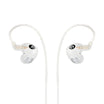
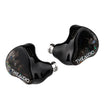
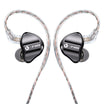
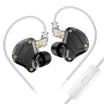

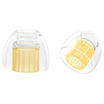
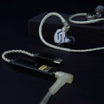
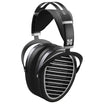
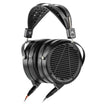
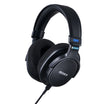
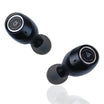
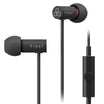
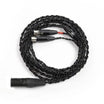
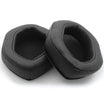
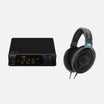
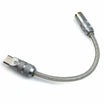
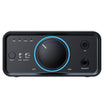
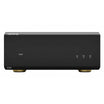
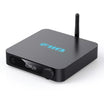
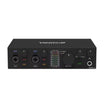
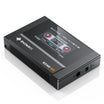

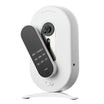

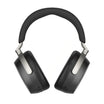
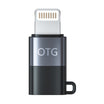
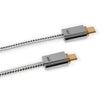
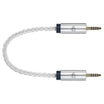
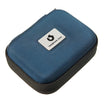
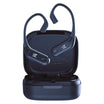
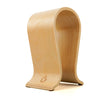
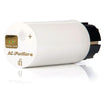
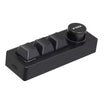
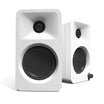
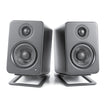
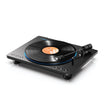
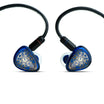

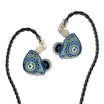

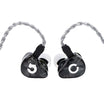
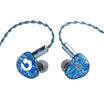
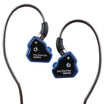
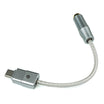
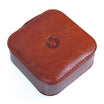
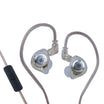
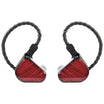
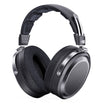
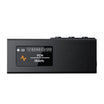
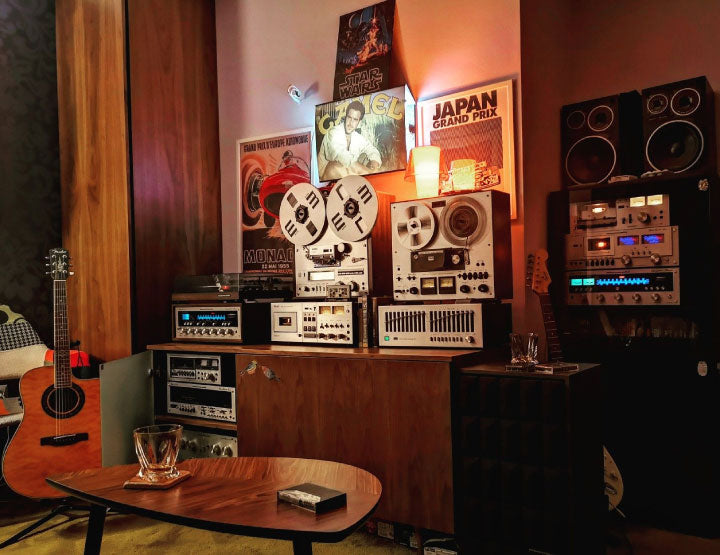
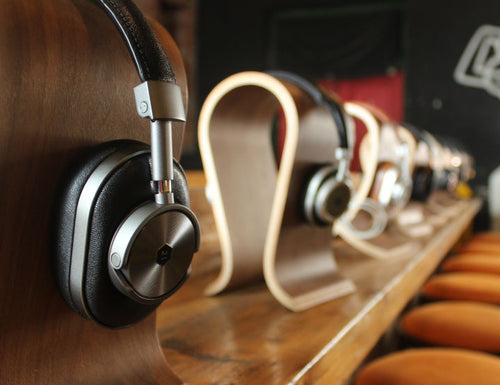

Leave a comment
This site is protected by hCaptcha and the hCaptcha Privacy Policy and Terms of Service apply.